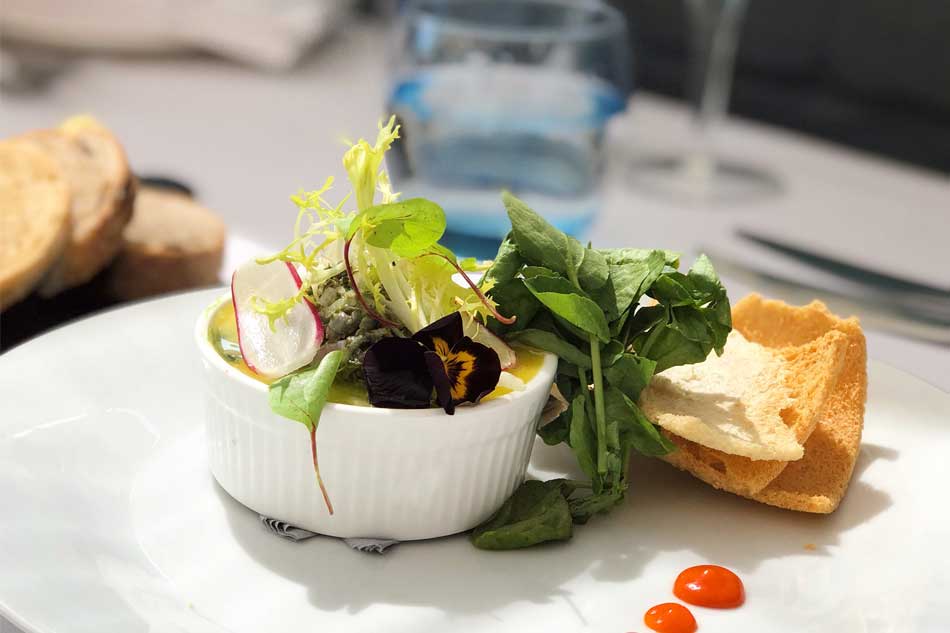July 2019
This month I have three things to discuss: slugs, leeks and sweet peas.
But before then, the latest from the Potager garden is that we’re supplying the Potager Restaurant with potatoes, spinach, carrots, onions, garlic, strawberries and basil by the bucket-load.
Our tomatoes are starting to ripen, and the cucumbers are small, but perfectly formed – as are the beetroot.
I can report, with relief, that the parsnip seedlings have appeared – the seeds’ viability is notoriously dodgy, and germination can be very slowly and sporadic.
My advice always use fresh seed bought from a reputable supplier, and keep your fingers crossed – because there is nothing better than roasted parsnips with roast beef and all the trimmings.
Anyway – slugs. We don’t have a huge problem down in the potager garden, but they’re about in the borders around the hotel, and I certainly have an issue in my own back garden.
There are many methods to control them and I guess most people have their own remedies.
I have tried many approaches – beer traps, Slug Gone, organic pellets, chemical pellets (this was in the early days and never to be repeated), egg shells, coppers bands around pots and I’ve even tried monetary offerings (actually just a collar of pennies and tuppences).
None have truly been effective – and so, having discovered my misgivings over cost were somewhat wayward, I shall try out the nematodes. I’ll report back my progress.
On the subject of chemical pellets – please do not use them. The metaldehyde may kill the slugs, yes, but then predators that eat slugs, such as hedgehogs, can be poisoned by proxy.
I think a hedgehog would much prefer a meal of slugs washed down with a trap’s beer – sounds like an idea for the Crouchers kitchen… then again, I’m no chef.
Leeks – I planted out our leeks a few weeks ago and have some advice on the best way to do so, given they are an oddity.
I sow the seeds in a seed tray of good seed compost (how many times can I say seed in one sentence) and leave under cover – and only when the seedlings are about 15cm high do I consider planting them out.
However, it’s best to harden them off first, bringing them outside for longer and longer periods so they don’t stage fright once the big move is on.
Using a dibber, make rows of 2cm-wide holes about 30cm apart and about 10cm deep. The library books recommend trimming the roots of the seedlings, but I don’t.
Drop one seedling into each hole and, unlike normal, do not backfill. Simply ensure the base of the seedling as at the bottom of the hole, and then carefully fill each hole with water.
Mother Nature will backfill the hole with soil over time.
I’ve planted Musselburgh and Blue Neptune, and they should be ready from around November to December.
Finally sweet peas – if you’ve stayed at Crouchers recently, enjoyed a meal in the restaurant or dashed through picking up a G&T on the way, then you could not have escaped the scent of sweet peas.
They are thriving down in the Potager garden, and are picked fresh every day to be used throughout the hotel, bedrooms and restaurant – and I know they have not gone unnoticed.
That’s because such has been their impact, guests have even been coming down the garden to check them out, and they are so amazed that they demand to know the secret to my superb sweet peas.
I simply reply…….
–Tim


